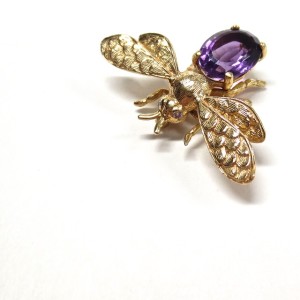COCOON JEWELLERY
A new wave of art is sweeping the world off its feet. It is a form of jewellery and has already become one of the favourites of the woman. We are talking about the cocoon jewellery that is getting rapidly popular around the world. Cocoon jewellery is an excellent representation of art directly inspired by nature. For those who are still scratching their heads over the terminology of this jewellery, Cocoon jewellery is the representation of sericulture in ornamental forms and can be worn in various parts of the body.
Sericulture as jewellery was an unknown concept until the time people came up with creating silk beads using silk fabric over a wire. Eventually, this transformed into fascinating jewellery making and enthralled people with its looks and beauty. It is still a very unpopular art, and gradually various experienced craftsman is organising workshops for spreading awareness about cocoon jewellery among people. It is often paired with metals such as silver and gold to form bracelets, earrings, necklaces and other pieces of jewellery. You can also find silk cocoons coloured in bright and beautiful colours. Traditionally, the glow of silk cocoons is white.
Cocoons are a shell of a fibrous material that is spun by the larvae for their protection, primarily during their developmental stage. Put differently; it is a casing that is rotated by caterpillars and moth. However, the colour and texture of the cocoon may vary depending upon the organism and moth spinning it. Some of them even attach certain hairs and incorporate them into cocoons. This sometimes makes the cocoon quite rough and irritating in texture. In spite of its softness and delicacy, the cocoon is firm in its structure and is not shattered or dismantled easily. Usually, in the process of making silk, the cocoon is spun, and gradually the treads are formed leading to the foundation of the silk fibre.
Most of the artisans of the cocoon jewellery start by taking the virgin cocoons that are angel white and experimenting with them for various processes. You can find cocoons in various colours such as purple, pink, red, orange etc. along with metallic shades that are as real as gold. Some of the famous designs also feature solid colours on the cocoons with borders marked with metallic paint. The first stage of the jewellery includes taking out the cocoons and finding the best sizes suitable for painting. The next step is to paint them with the colours of the artist’s choice that are mainly as per a concerned theme for the jewellery.
Finally, in the last stages of the jewellery, the cocoons are tied to strings and transformed to the ornaments specific for different parts of the body. Artists use silk threads to weave the jewellery together, which gives it an organic and a perfect finish for complete silk jewellery. The cocoon earrings are also dyed with enticing shades and mixes of different colours such as orange and red and combined with creative ornamental pieces so that they resemble various handicraft and traditional designs. Some of the cocoon earrings may also remind you of a few temples across India. They are intertwined with metal counterparts that are silver in colour, to give a more ethereal and traditional look. The cocoon earrings so far are hanging ones with beads and other embellishments attached to them.
Cocoon jewellery is an entirely modern concept. However, the practice of using silk in jewellery is quite ancient. The origin os silk can be traced to China nearly 5000 years ago, where it was used for embroidery back then. And it was China’s first emperor Fo Xi who encouraged people to raise silkworms by cultivating the mulberry trees.
Hence, in the times when metals and gemstones are excessively popular in jewellery, silk can be a creative alternative for the same. Apart from cocoon jewellery, silk ornaments also involve winding the tread in different patterns on base jewellery. These forms of jewellery making are also taken up by students these days who are excessively adding more and more forms of creative dwellings into them. Some of the design courses in India are also training people to master the art of this not-so-traditional contemporary jewellery.

